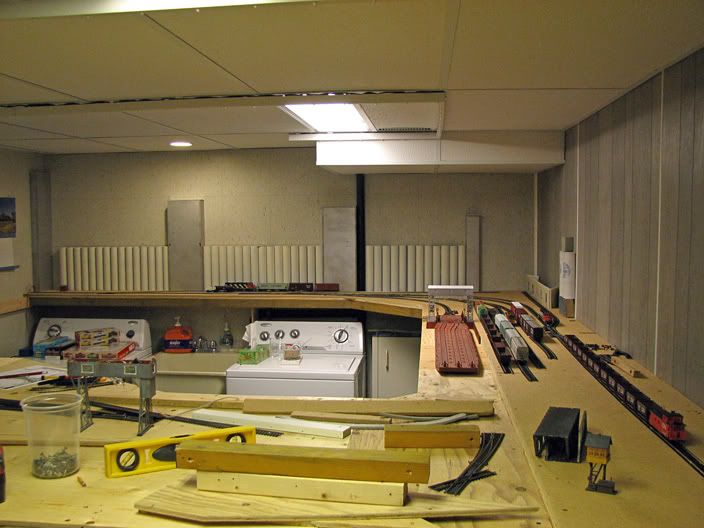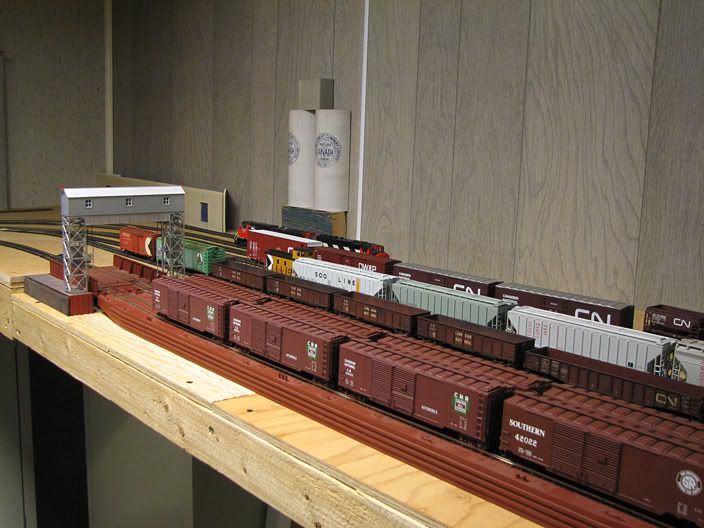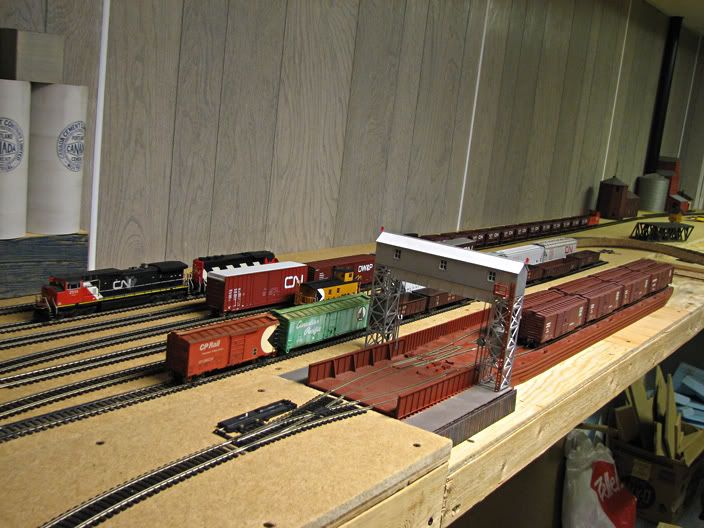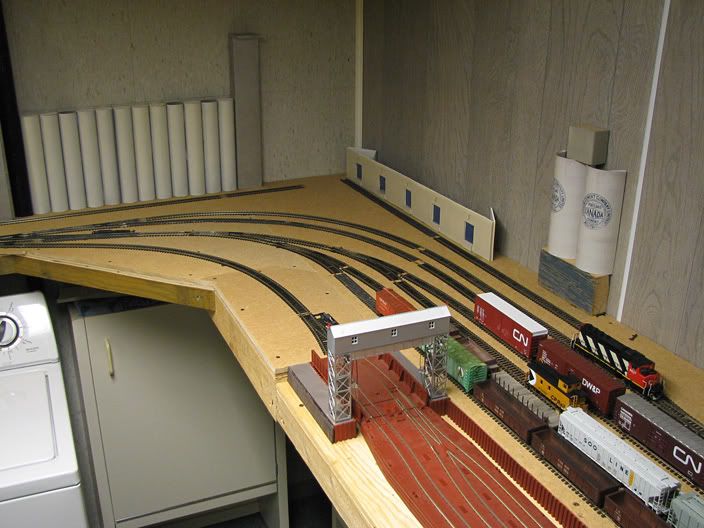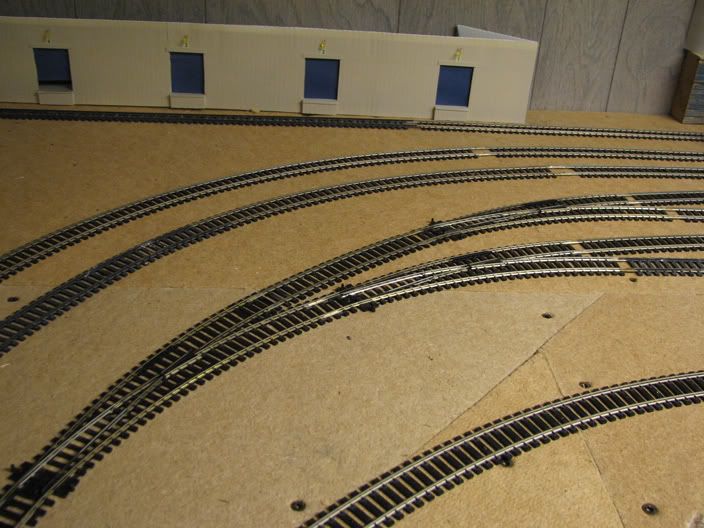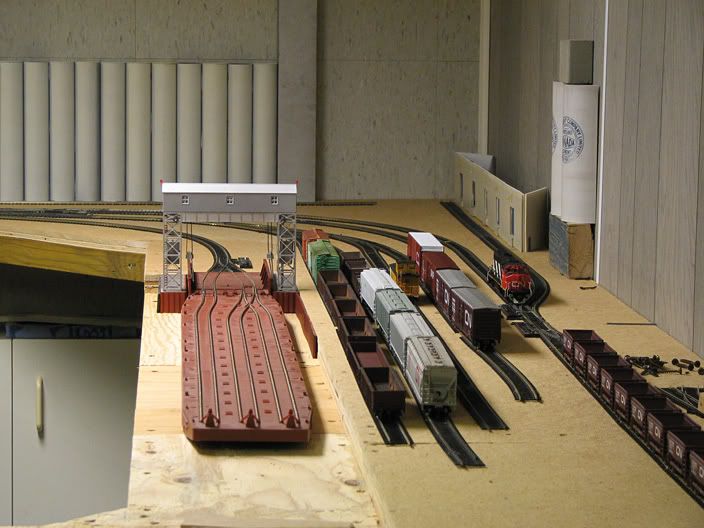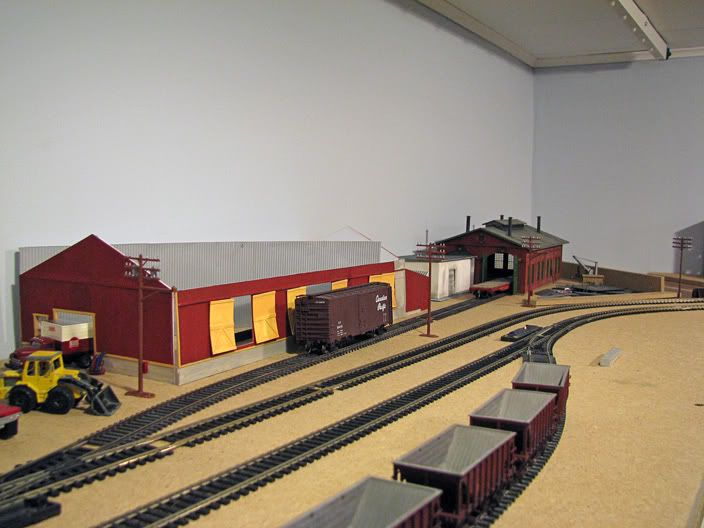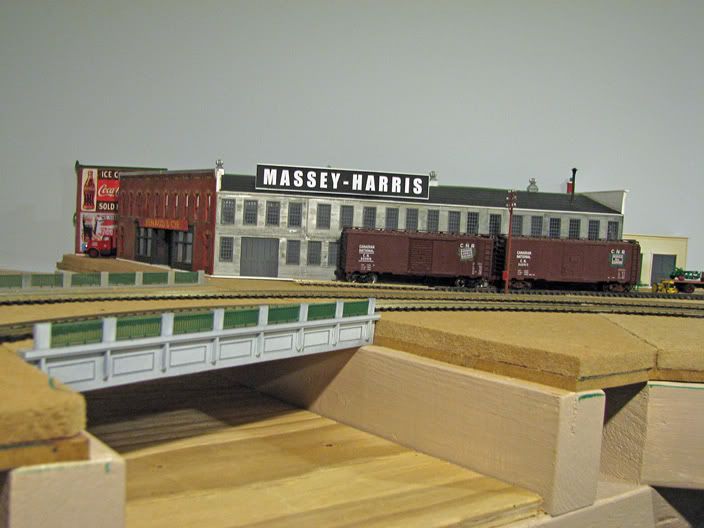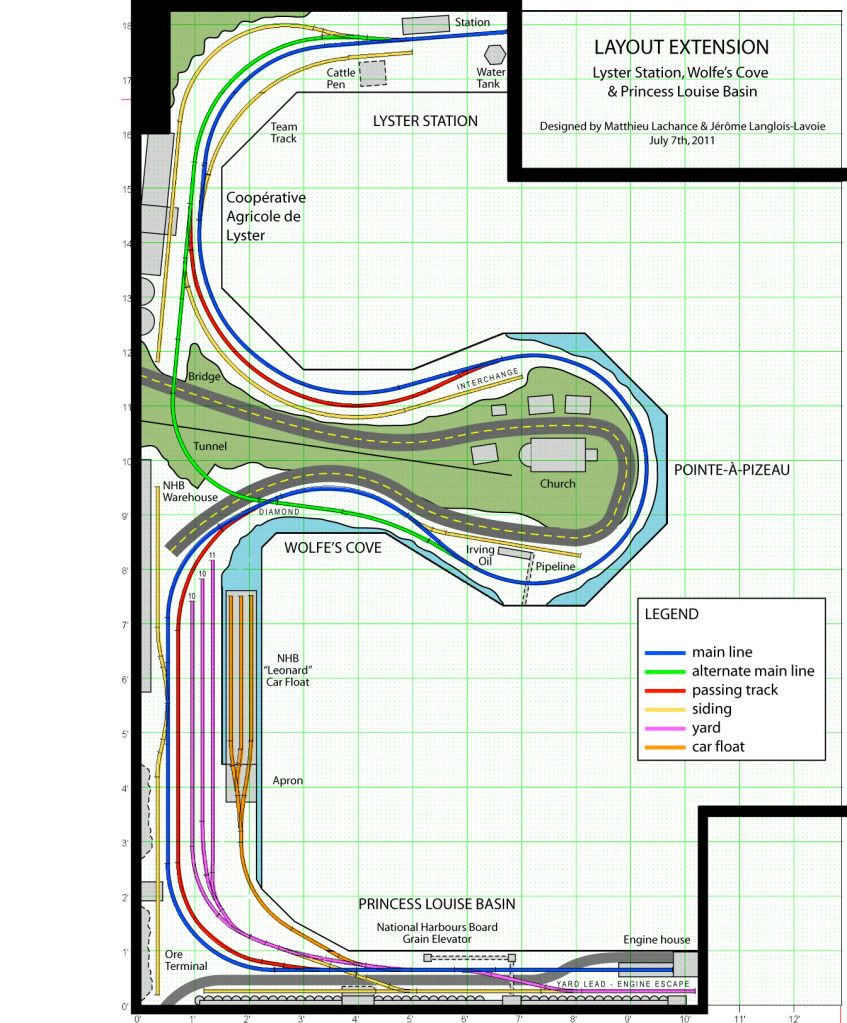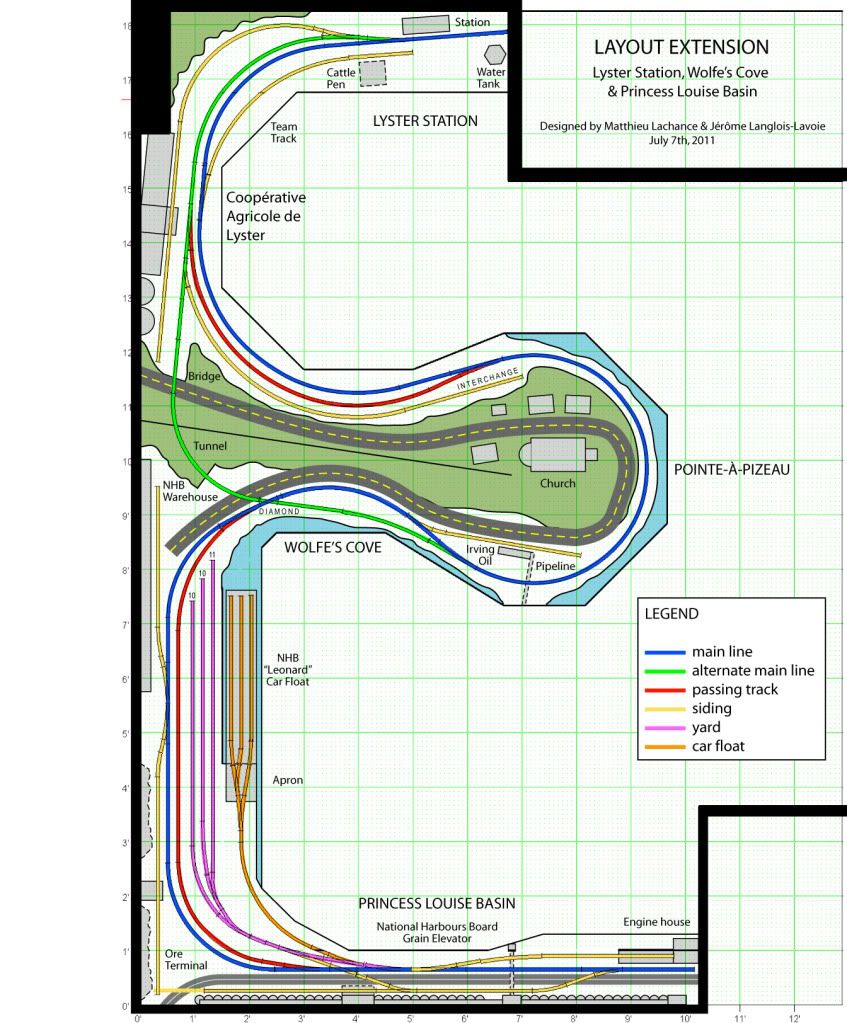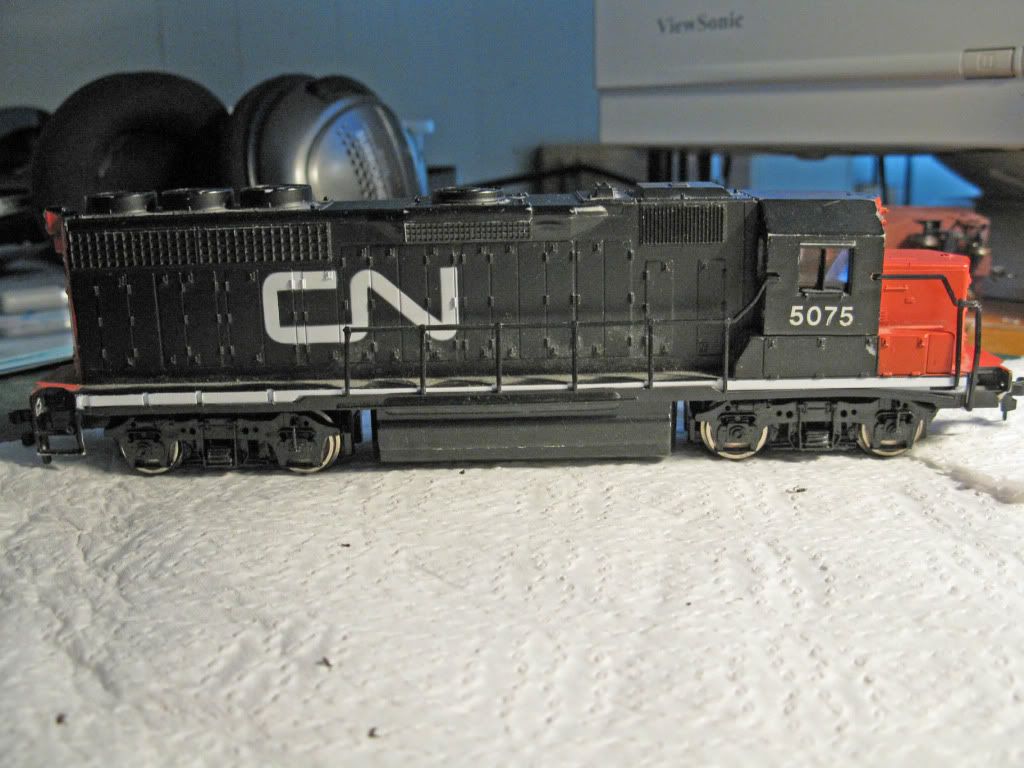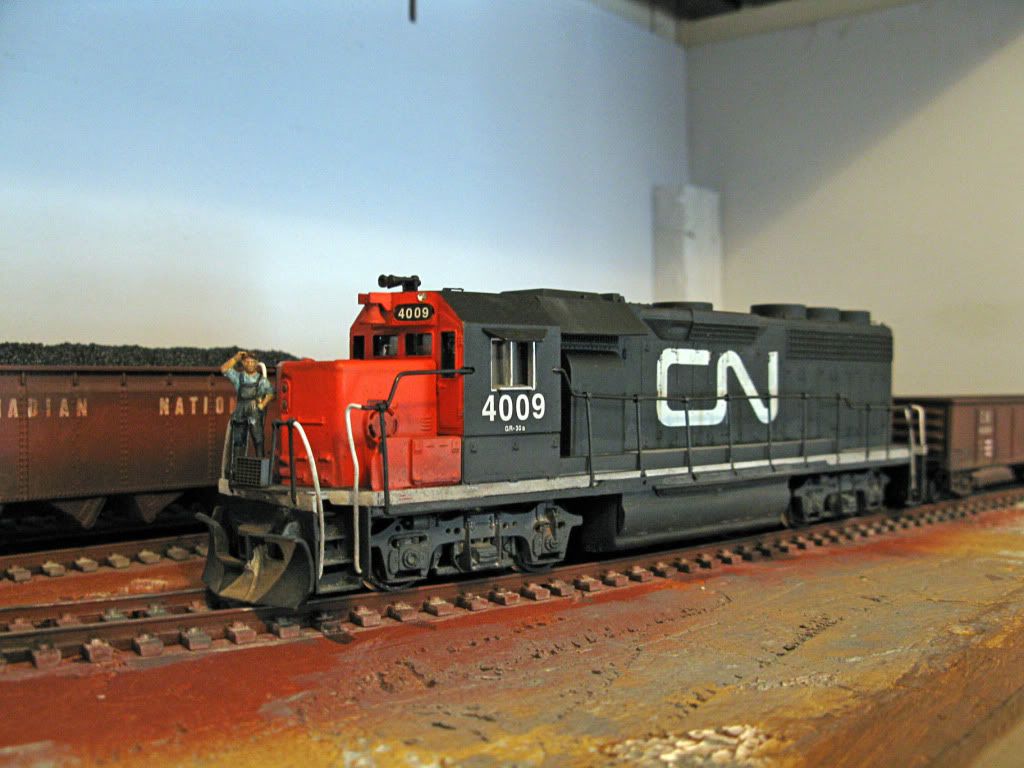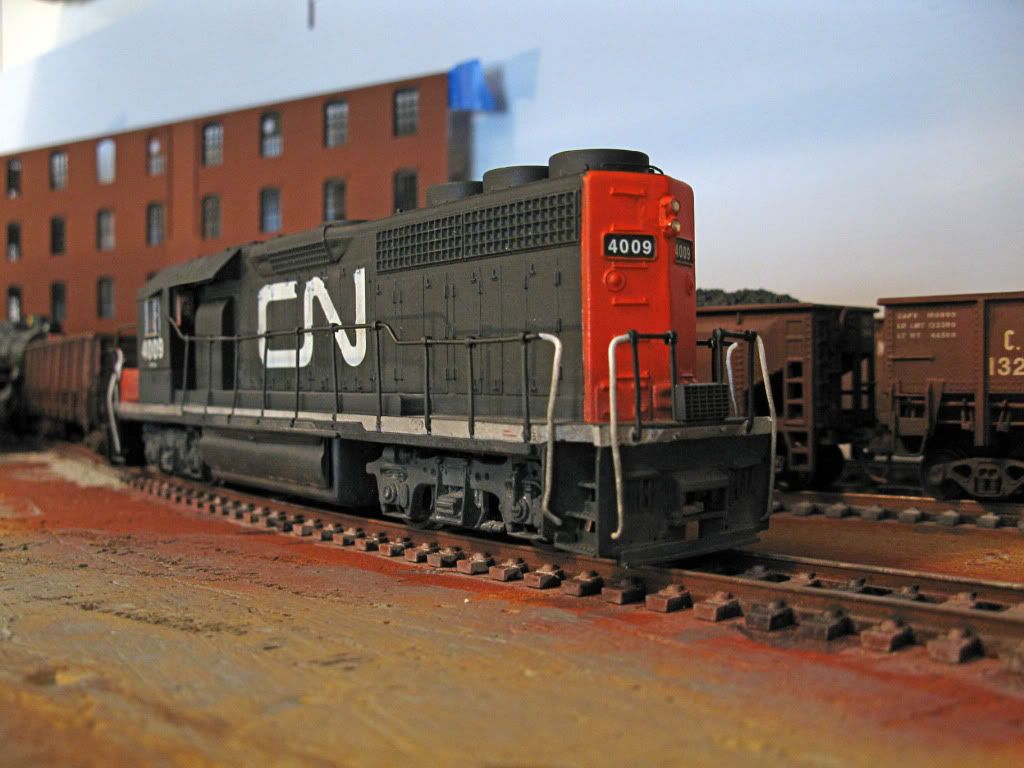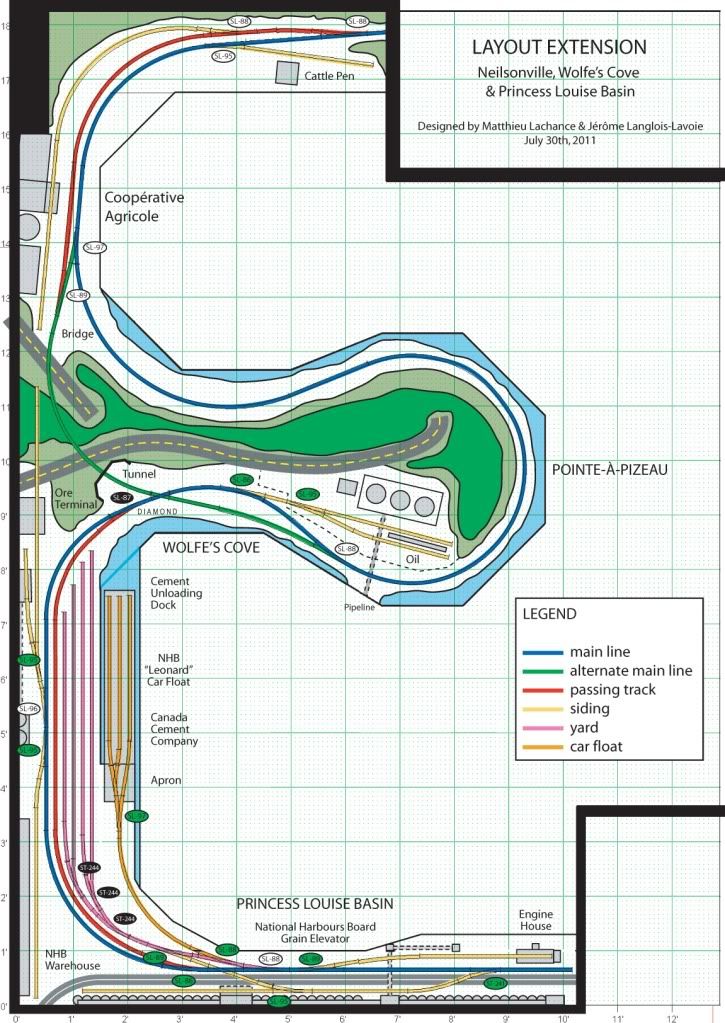 |
| Layout plan updated |
Friday, we made the decision to replace all turnouts on the new layout extension with PECO. I had to redraw the track plan to make sure everything you fit. Doing this enabled me to modify some sidings, particularly the Ore Terminal and the Oil Loading Docks. Jérôme switched some cars yesterday and built mock up sidings. It was clear we had to redesign these area to fit our needs.
Wolfe's Cove CPR Tunnel - South Portal
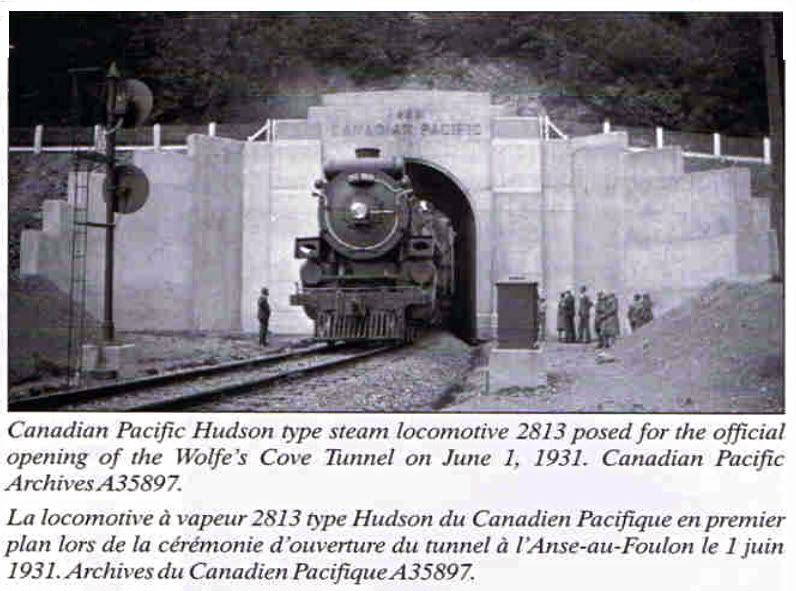 |
| Portal in 1930. The road was above the entrance. |
Last Friday morning, we decided to railfan at L'Anse-aux-Foulons to get first hand data and watch some operation there. We also measured the south tunnel portal which turned out to be in major dilapidation. This fine Art Deco portal was built in 1930 to reach new CPR Steamships Terminal. For this reason, it received a special architectural treatment the north portal cruelly lacks. For more information about this forgotten engineering work, you can read this bilingual brochure written by Denis Fortier.
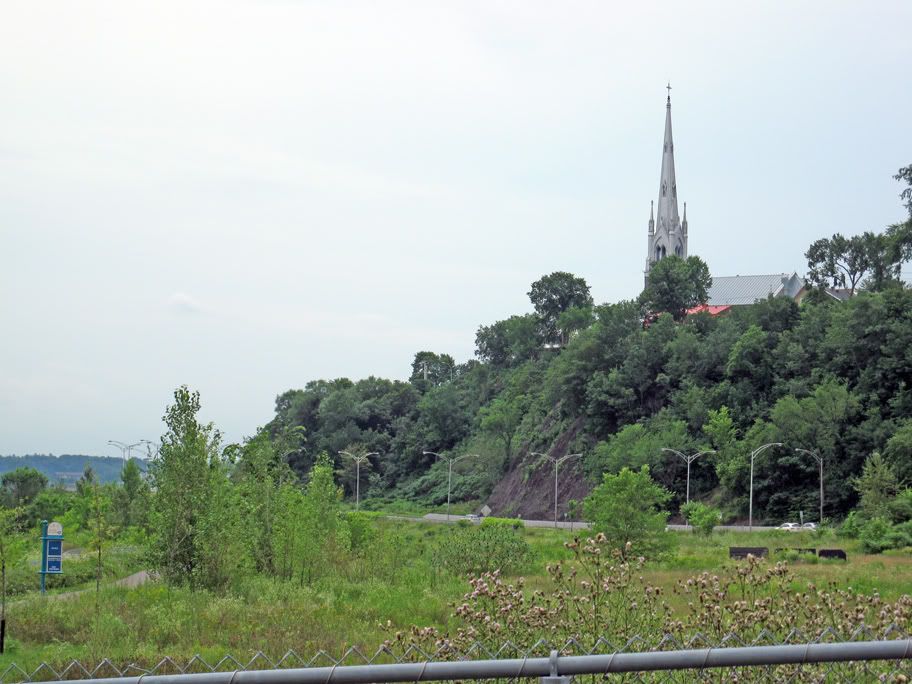 |
| Pointe-à-Pizeau's purple limestone cliffs. The track is lost in the bush! |
We also took advantage of this little trip to gather few rock samples from the cliff. Pointe-à-Pizeau is an important scenery feature on our layout peninsula with the landmark gothic church.
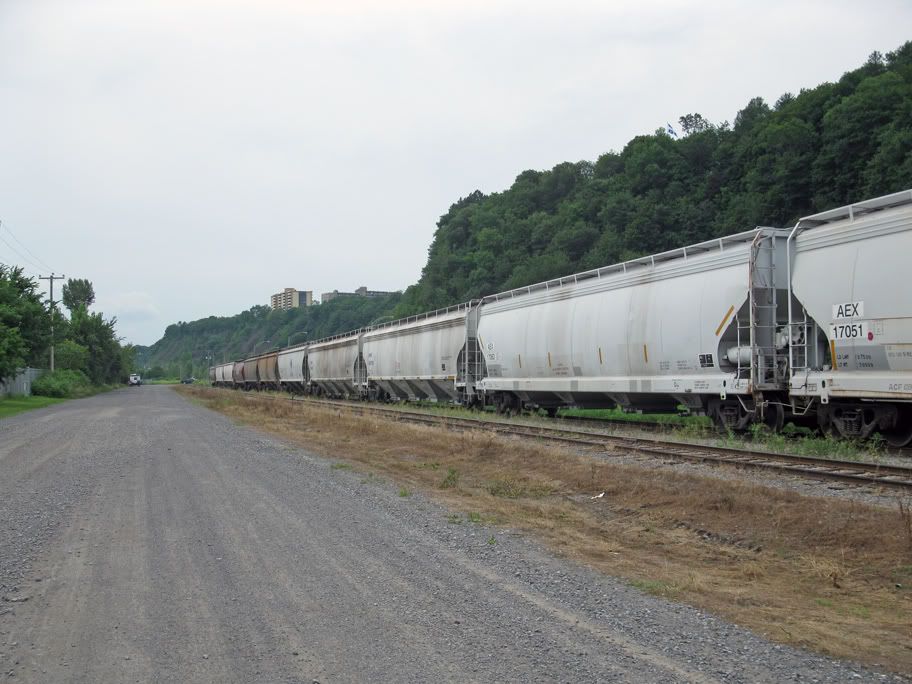 |
| L'Anse-aux-Foulons, west side. In the background is Pointe-à-Pizeau |
It was fun to find out CN used a pair of GP40-2W to switch the industries. It's been a month since we bought a pair from Atlas. Very nice little engines indeed.
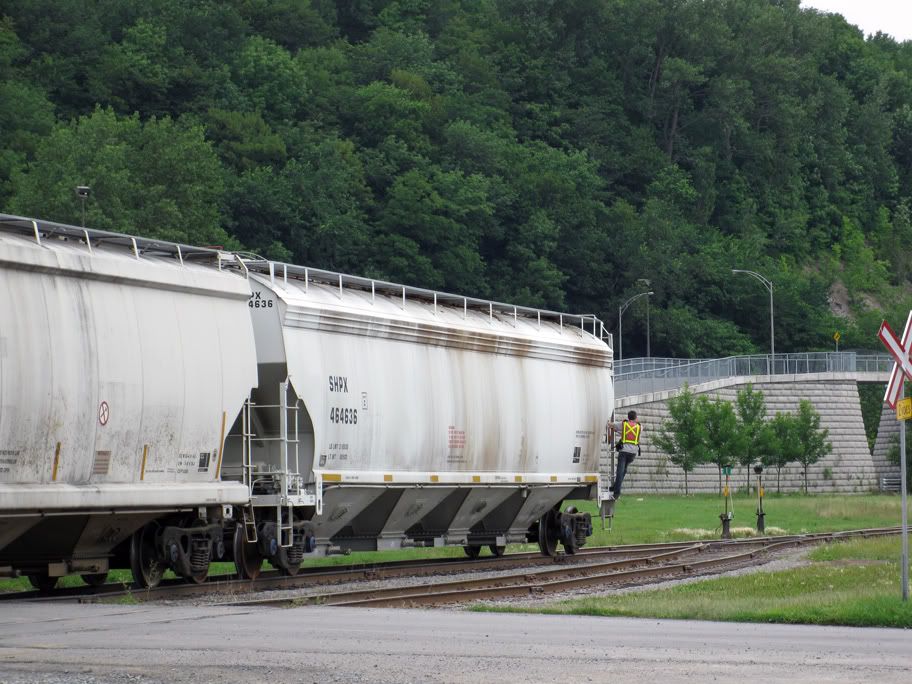 |
| L'Anse-aux-Foulons, east side. Tunnel portal behind concrete abutment. |
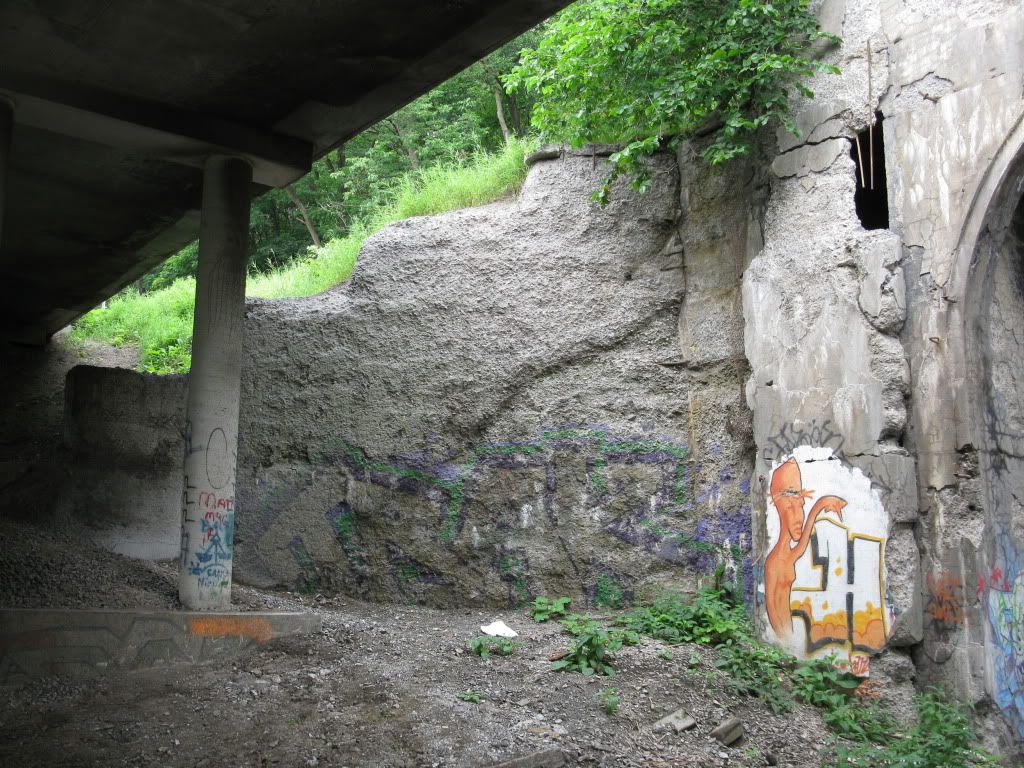 |
| Portal in 2011. Most concrete pilasters and abutments are in bad shape. |
With the help of pictures and actual dimensions, I was able to reproduce the portal in AutoCAD.
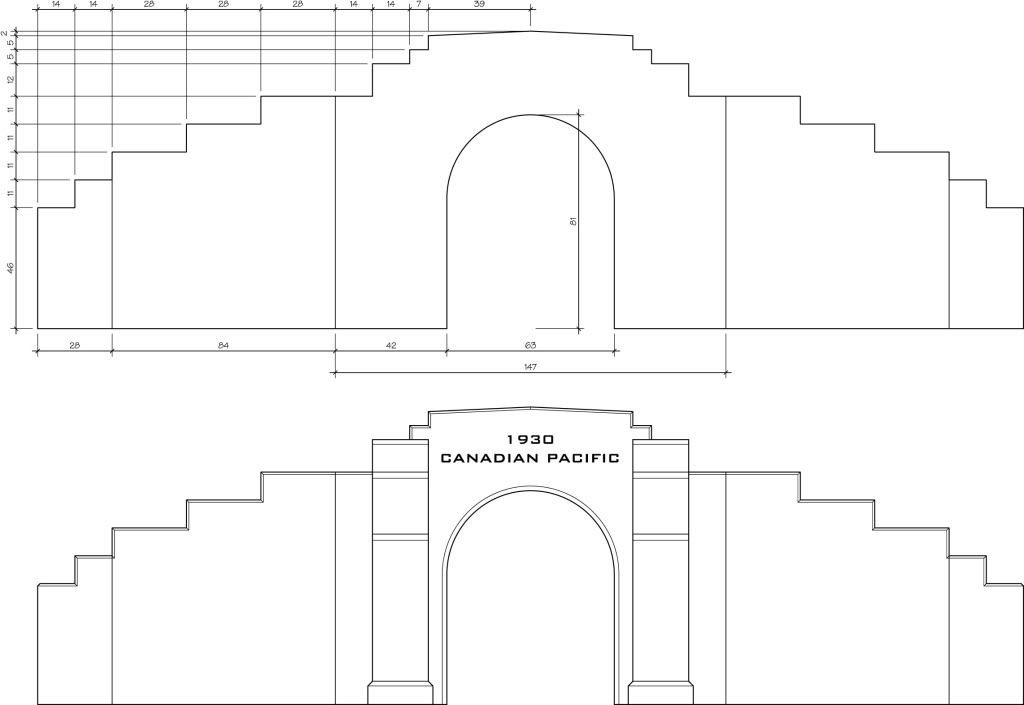 |
| HO scale portal elevations. |
I printed the drawing to make a quick mock up. Looks pretty nice to me.
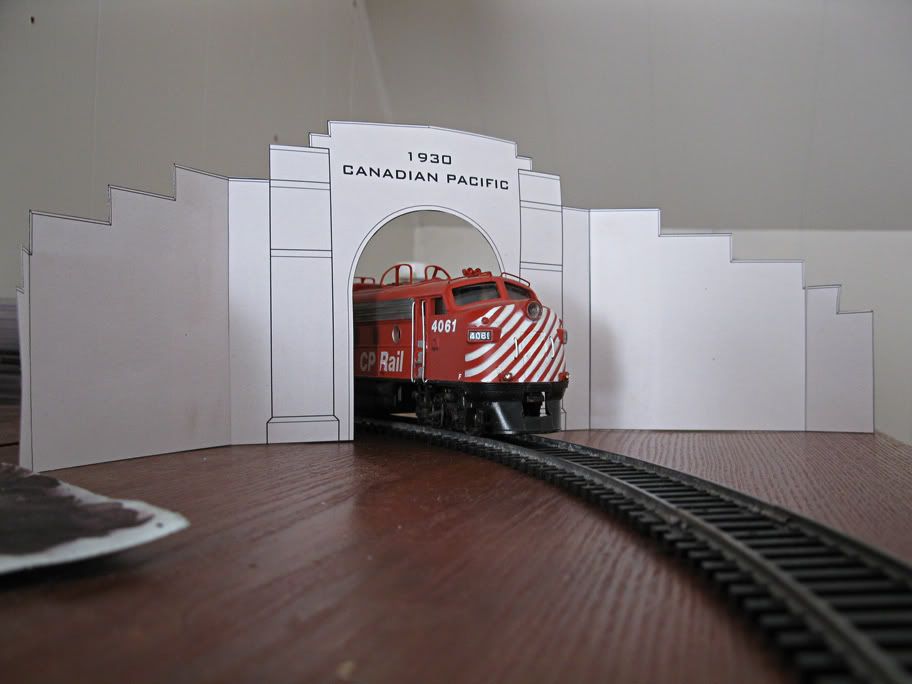 |
| CPR 4061 (Athearn) emerges from the south portal. |
The portal will be made out of 1/4" thick masonite with 2mm thick styrene sheets for pilasters.
